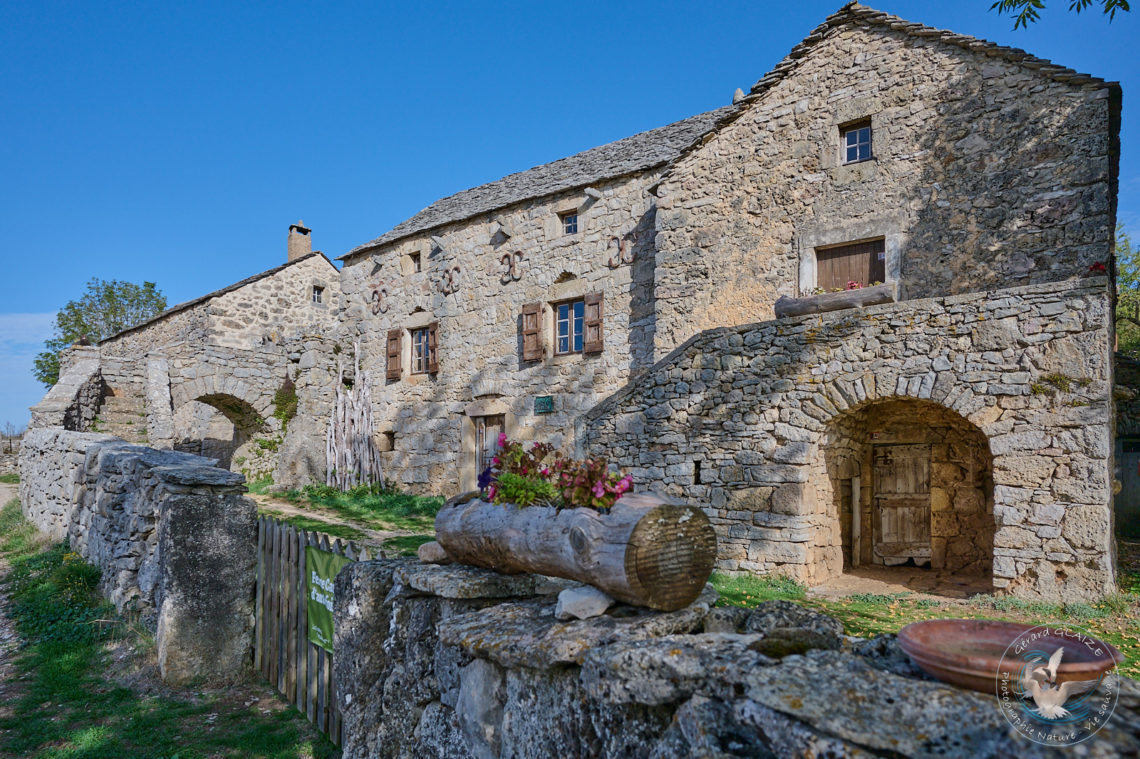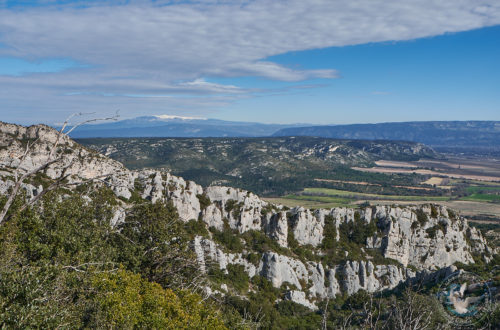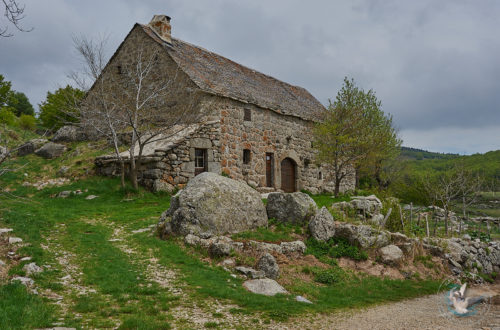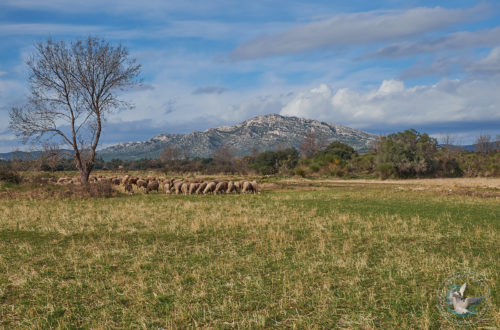Great Causses
The Great Causses extend to the south of the Aveyron department, in Lozère, Gard and a small part of Hérault. This name designates a set of high limestone plateaus. These are more or less vast.
The Great Causses have a relief shaped by puechs and valleys interspersed with ravines. They rise from 700 to 1,200 m above sea level. They are therefore part of the mountain level. It is a medium limestone mountain environment.A causse is a strongly eroded karst plateau characteristic of the sedimentary aureoles of the south and west of the French Massif Central.
The inhabitants are called caussenards. This orographic toponym, in the agrarian and landscape sense, comes from Occitan.
Deep gorges (Tarn, Dourbie, Lot, Jonte, etc.) surround the foothills of the causses, as well as wide open valleys. These valleys host the towns of Millau, Saint-Affrique, Sévérac-le-Château. They also host towns like Roquefort-sur-Soulzon where there are cellars used to refine the cheeses of the same name.

-
Great Causses
The Great Causses extend first of all to the south of the Aveyron department, in Lozère, as well as the Gard and a small part of Hérault. The Great Causses is an appellation which designates a set of more or less vast limestone high plateaus with reliefs shaped by puechs and valleys interspersed with ravines, valleys and gorges located to the south of the Massif Central.



